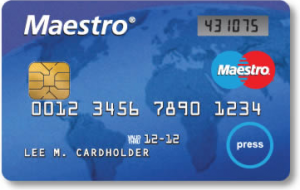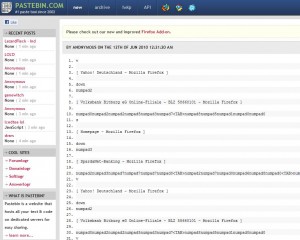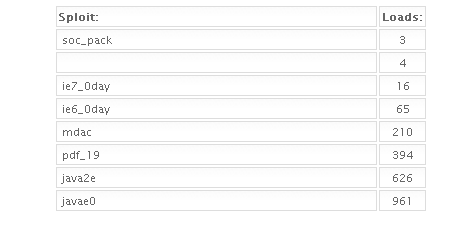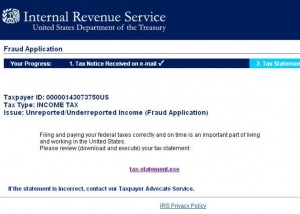 A hacker in a group that discovered the AT&T iPad-related flaw was arrested on drug charges following the execution of an FBI search warrant of his home in Arkansas on Tuesday, according to published reports.
A hacker in a group that discovered the AT&T iPad-related flaw was arrested on drug charges following the execution of an FBI search warrant of his home in Arkansas on Tuesday, according to published reports.
CNET’s Elinor Mills writes that the FBI found a broad selection of narcotics at the home of a man tied to “Goatse Security,” the group that recently claimed responsibility for extracting contact information on more than 114,000 iPad customers from AT&T’s Web site.
From the CNET story:
Andrew Auernheimer, 24, was being held in Washington County Detention Center in Fayetteville, Ark., according to Lt. Anthony Foster of the Washington County Sheriff’s office in that state. The drugs were found during the execution of the warrant, said Lt. Mike Perryman, of the Fayetteville Police Department. However, Perryman could not say what prompted the warrant.
Auernheimer, who goes by the name “Escher” and the hacker handle “Weev,” faces four felony charges of possession of a controlled substance and one misdemeanor possession charge, Foster said. The drugs included cocaine, ecstasy, LSD, and schedule 2 and 3 pharmaceuticals, he said.
Auernheimer is quite a colorful character. I met him in 2006 at the Toorcon security conference in San Diego, where he and Mischa Spiegelmock – an employee for blogging service LiveJournal – were delivering a talk on what they claimed was an unpatched security flaw in Mozilla’s Firefox browser that hackers were supposedly attacking to compromise Web surfers. At the time, Auernheimer introduced himself as Andrew “Weev” Wbeelsoi.
That presentation — which called on security researchers everywhere to stop publicizing and fixing software security vulnerabilities — was at times hilarious and bizarre. Weev started out by informing the audience that he was delivering his speech while tripping on acid. When I followed up with Weev after that talk to get more details on their claims, it was fairly plain that he wasn’t kidding about the acid trip. However, the two hackers would later admit to me that they didn’t really have the zero day exploits that they claimed, and that they were just trying to have a little fun with the security industry.














